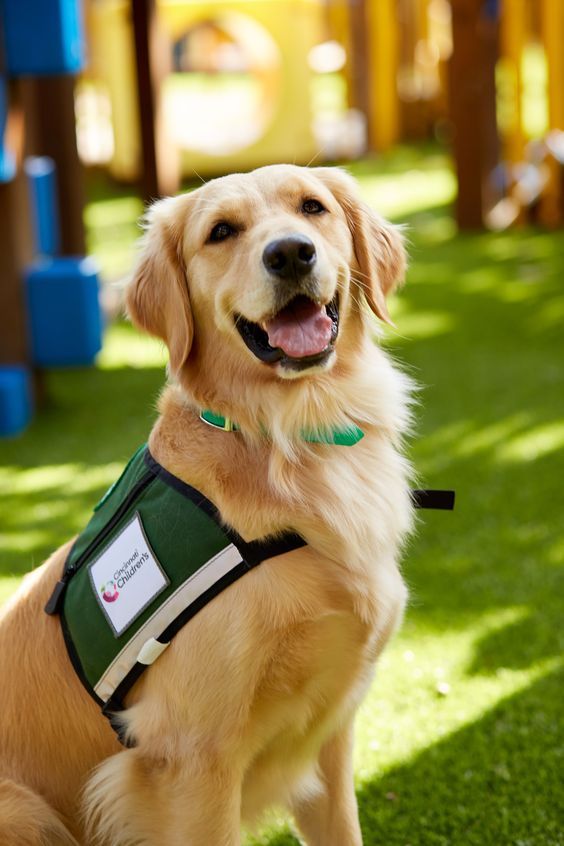Embarking on a dog training journey in Los Angeles often begins with an initial consultation. This crucial first step is far more than just a meet-and-greet; it’s a comprehensive assessment designed to understand your dog’s unique needs, your specific goals, and the dynamics of your household. For many dog owners, knowing what to expect from these initial consultations can help alleviate apprehension and ensure a productive session that sets the stage for successful training.
1. The Comprehensive Information Gathering Phase
A professional dog trainers Los Angeles will always start with a thorough intake of information. This isn’t just about your dog’s breed and age; it delves into their history and your lifestyle.
- Detailed Behavioral History: The trainer will ask extensive questions about your dog’s behavior. This includes when specific behaviors started, how often they occur, what triggers them, and what your current responses are. Be prepared to discuss everything from house-training habits and nipping to leash reactivity, barking, or anxiety. The more detailed you are, the better the trainer can understand the scope of the issue.
- Medical Background: You’ll likely be asked about your dog’s health history, including any past injuries, illnesses, or medications. This is crucial because pain or underlying medical conditions can often manifest as behavioral problems.
- Daily Routine and Environment: The trainer will inquire about your dog’s typical day – their feeding schedule, exercise routine, playtime, and how much time they spend alone. They’ll also consider your living environment in Los Angeles (e.g., apartment vs. house, access to outdoor space, proximity to distractions).
- Household Dynamics: If you live with family members or other pets, the trainer will want to understand how everyone interacts with the dog. Consistency among all household members is vital for successful training.
2. Observation and Assessment of Your Dog
Beyond verbal information, the trainer will spend time observing your dog’s behavior firsthand.
- In-Home Observation (for private consultations): If the consultation is in your home, the trainer will observe your dog in their natural environment. This allows them to see how your dog interacts with you, family members, and their surroundings. They might ask you to demonstrate certain behaviors or commands.
- Body Language Assessment: A skilled trainer will pay close attention to your dog’s body language – subtle cues that indicate stress, fear, excitement, or discomfort. This helps them understand your dog’s emotional state, which is often the root of behavioral challenges.
- Temperament Evaluation: They will assess your dog’s overall temperament, including their confidence levels, reactivity, and social tendencies.
3. Discussion of Your Goals and Expectations
This is a collaborative part of the consultation where you articulate what you hope to achieve through training.
- Defining Success: Be clear about your desired outcomes. Do you want a dog that walks politely on a leash, stops jumping on guests, or can be trusted off-leash in a park? The trainer will help you set realistic and achievable goals.
- Realistic Expectations: The trainer will provide an honest assessment of what can be accomplished, the timeline involved, and the level of commitment required from you. They will explain that training is a process, not an instant fix.
- Addressing Priorities: If you have multiple concerns, the trainer will help you prioritize them and outline a logical progression for addressing each one.
4. Initial Insights and Preliminary Recommendations
While a full training plan won’t be developed on the spot, the trainer will offer initial insights and preliminary recommendations.
- Behavioral Explanations: They might explain the likely reasons behind your dog’s behaviors from a canine perspective.
- Immediate Management Strategies: The trainer may suggest immediate management techniques to prevent behaviors from worsening while a long-term plan is being developed. This could involve changes to your dog’s environment or routine.
- Training Philosophy and Methods: They will discuss their training philosophy (e.g., positive reinforcement, balanced training) and the methods they typically employ. This is a good opportunity to ensure their approach aligns with your values.
5. Outlining the Training Program and Logistics
Towards the end of the consultation, the trainer will present their proposed training program.
- Program Options: This might include private in-home lessons, group classes, day training, or board-and-train programs, depending on your dog’s needs and your lifestyle.
- Cost and Schedule: They will provide a clear breakdown of fees, session duration, and scheduling options.
- Next Steps: You’ll discuss how to proceed if you decide to move forward with their services.
Conclusion
An initial consultation with a dog trainer in Los Angeles is a crucial investment in your dog’s future and your relationship with them. By providing comprehensive information, observing your dog, clearly defining your goals, and understanding the proposed training approach, you can ensure a productive consultation that sets you and your canine companion on the path to a harmonious and well-behaved life together.


